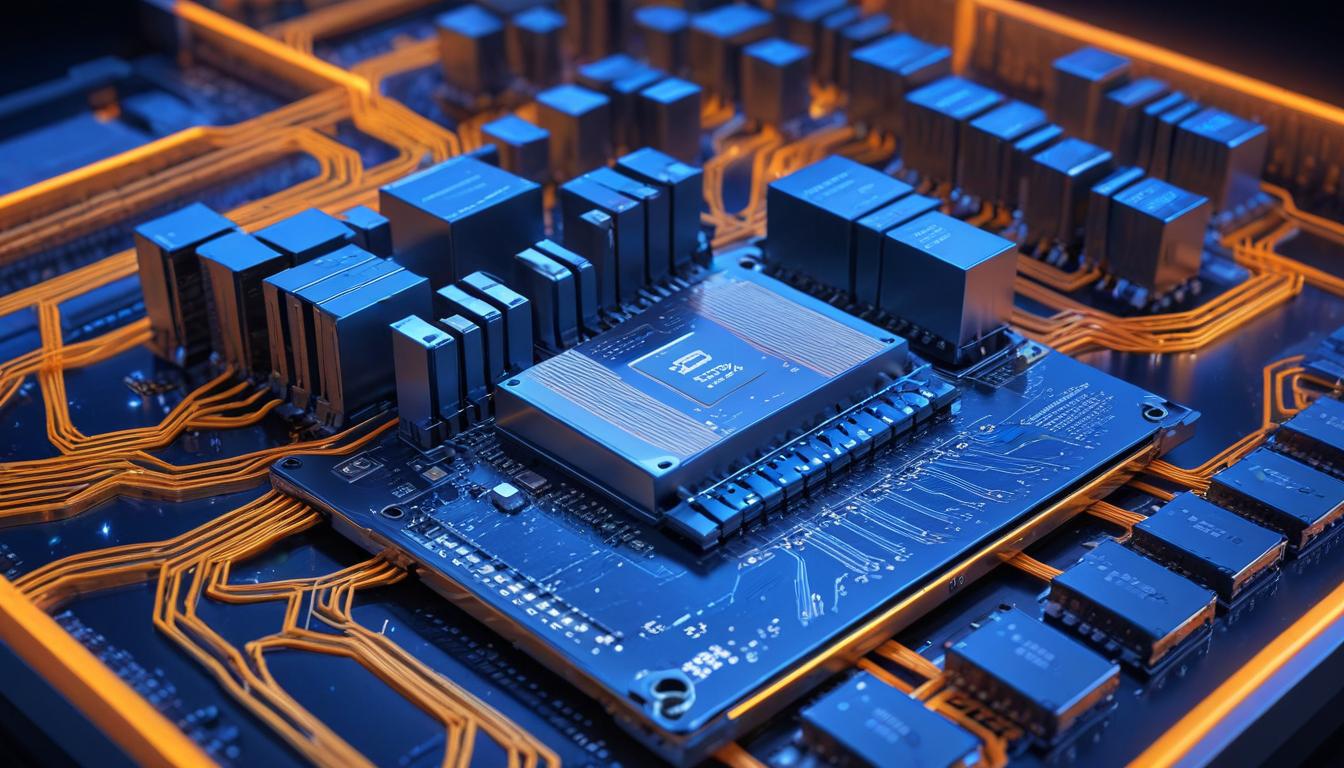The performance and reliability of Bitcoin nodes represent a critical intersection of hardware capabilities, network infrastructure, and blockchain technology. As the Bitcoin network continues to grow, the demands placed on individual nodes have evolved significantly, making it essential to understand the technical requirements and operational considerations for running a full node effectively.
The process of Initial Block Download (IBD) stands as one of the most resource-intensive operations in maintaining a Bitcoin node. This process involves downloading and validating the entire blockchain history, which has grown to hundreds of gigabytes over Bitcoin’s lifetime. The performance of this operation is heavily dependent on several key hardware components, with system memory (RAM) playing a particularly crucial role. This relationship between hardware specifications and node performance illustrates the intricate balance between accessibility and network security.
RAM serves as a critical component in blockchain validation because it enables the node to maintain an active UTXO (Unspent Transaction Output) set and perform rapid signature verification. With insufficient RAM, the system must rely more heavily on disk-based virtual memory, significantly slowing down the validation process. Modern nodes benefit substantially from having 16GB or more of RAM, while systems with 4GB or less may experience dramatically extended synchronization times, often stretching into weeks rather than days.
Storage speed represents another crucial factor in node performance, with modern NVMe SSDs offering significant advantages over traditional hard drives or even SATA SSDs. The continuous read/write operations required during blockchain synchronization benefit tremendously from the higher IOPS (Input/Output Operations Per Second) and lower latency of NVMe storage. This becomes particularly evident during the initial synchronization process and subsequent revalidation operations.
The importance of maintaining node uptime extends beyond simple convenience. A constantly running node contributes more effectively to the Bitcoin network’s decentralization and security. When nodes frequently go offline, they must resynchronize with the network upon restart, consuming additional resources and potentially missing important network updates. This becomes especially critical for nodes that support additional services like the Lightning Network or mining operations, where continuous connectivity is essential for proper operation.
Data integrity represents a crucial aspect of node operation that often receives insufficient attention. Blockchain corruption, while not common, can occur due to various factors including hardware failures, improper shutdowns, or filesystem issues. When corruption occurs, the node must typically re-verify the entire blockchain to ensure data consistency, a process that can be as resource-intensive as the initial download. This underscores the importance of quality hardware and proper operational procedures.
The relationship between network bandwidth and node performance presents an interesting dynamic. While adequate internet connectivity is necessary, the computational demands of transaction validation often overshadow pure download speed as the primary performance bottleneck. This explains why nodes with powerful hardware but moderate internet connections can often synchronize faster than those with excellent connectivity but limited computational resources.
Looking toward the future, the hardware requirements for running a Bitcoin node will likely continue to evolve. As the blockchain grows and transaction volumes increase, the importance of efficient hardware utilization becomes even more critical. This raises important questions about the long-term accessibility of full node operation and its implications for Bitcoin’s decentralization. However, advances in hardware technology and potential protocol optimizations may help offset these increasing demands.
The operation of a Bitcoin node represents a significant commitment to the network’s infrastructure, requiring careful consideration of hardware requirements and operational procedures. Success in maintaining a reliable node depends on understanding these requirements and implementing appropriate solutions, from selecting adequate hardware to establishing proper operational protocols. This investment in proper node operation ultimately contributes to the robustness and decentralization of the Bitcoin network as a whole.




